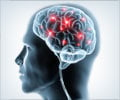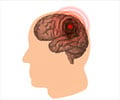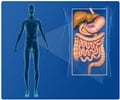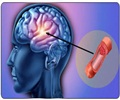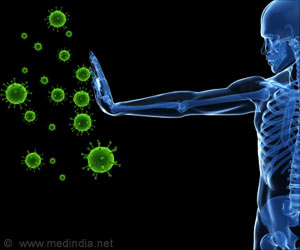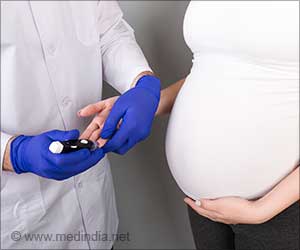29th October 2015 is being observed as World Stroke Day. Learn more about risk factors of stroke especially in women.
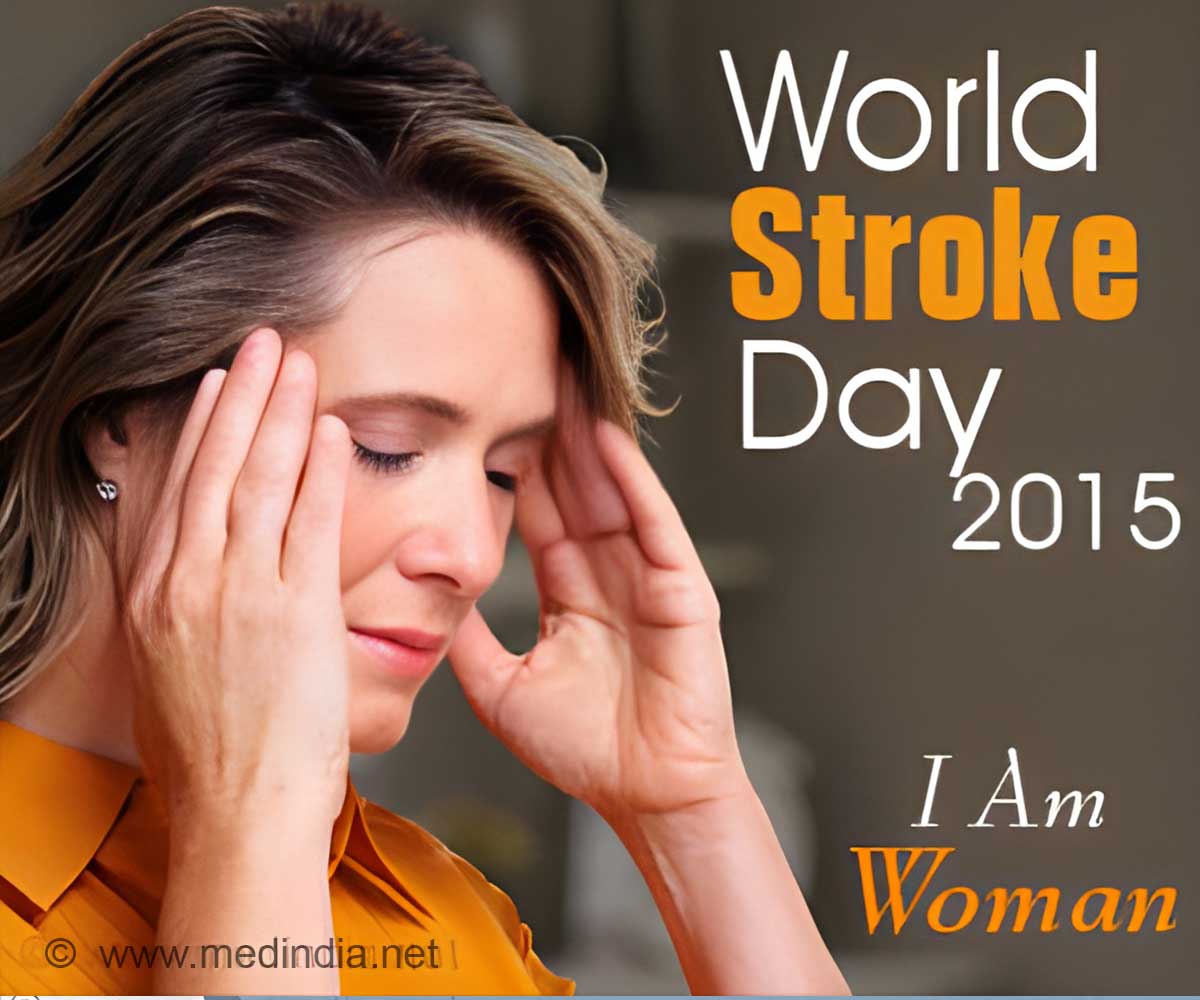
What Causes a Stroke?
Not all strokes are of the same type. Some are caused by a bleed in the brain, which may be due to very high blood pressure. Others are caused by a clot, which may obstruct blood flow, therefore depriving part of the brain of an adequate supply of oxygen and glucose, leading to death of the localized part. It is important to differentiate between the types of stroke, since the treatment varies. However, despite treatment, many people may not achieve full recovery.World Stroke Day 2015: I am Woman
The World Stroke Campaign is organized by the World Stroke Organization. It focuses on the risk of stroke in women with the theme: I am Woman.The campaign is a reminder that women are more likely to suffer from stroke and are also more likely to die from it. One in five women are at a risk of suffering from stroke, while one in six men suffer from the same risk. Factors that make a woman prone to stroke include:
- Conditions appearing during pregnancy like diabetes and preeclampsia.
- Preeclampsia is a condition where the woman suffers from high blood pressure and loss of protein in the urine
- Use of oral contraceptive pills or hormonal replacement therapy, which increase the chances of clot formation
- Hormonal changes; postmenopausal women are more likely to be at a risk for stroke
- Presence of diseases like high blood pressure, atrial fibrillation (where the heart rate is irregular), diabetes, depression, and obesity, which are more common in women as compared to men
Prevention of Stroke - Preventing a stroke is not very difficult. A regular check-up can identify risk factors, which can be treated well before they cause stroke. The physician should be specifically asked to evaluate your risk for stroke, so that medications to prevent it can be taken early. In addition, simple lifestyle changes can help to keep stroke at bay:
- Eat a healthy diet.
- Exercise regularly. Exercise can be as simple as brisk walking for 20 to 30 minutes a day.
- Keep your weight under control. Women have a tendency to gain weight easily, which is very difficult to lose.
- Smoking and alcohol should be avoided.
- Reduce your stress levels. Spend some time every day in activities that you enjoy doing.
Though the theme for the World Stroke Day is focused on women, it should be remembered that men are also affected by stroke. Preventive measures should also be adopted by men, who are often the breadwinners of the family.
Recognizing a Stroke FAST
If a stroke is recognized and treated immediately, chances of brain damage will be minimal. There is an acronym FAST that helps to recognize signs of an evolving stroke and reminds to call for immediate help. Stroke FAST:A- Arms – On raising the arms, one side appears weak
T- Time – Time is precious. Contact emergency services immediately
A song based on these signs is also available on the American Stroke Association website. After all, singing is an effective way of conveying a message.
Several events are being organized all over the world to increase awareness about stroke.
You could do your bit by increasing awareness among social networking sites. Understanding the facts regarding stroke can result in a better and longer life for several people.
References:
1. http://www.worldstrokecampaign.org/2. http://www.strokeassociation.org/STROKEORG/
Source-Medindia



